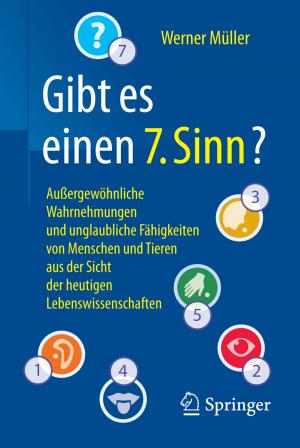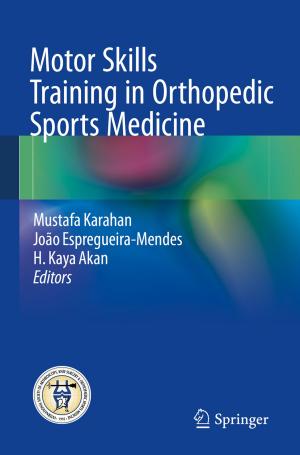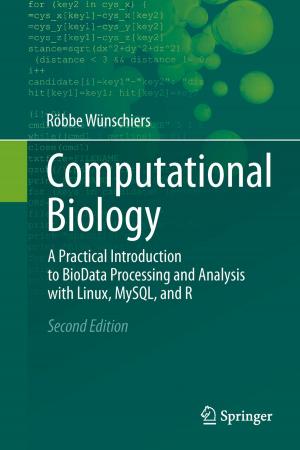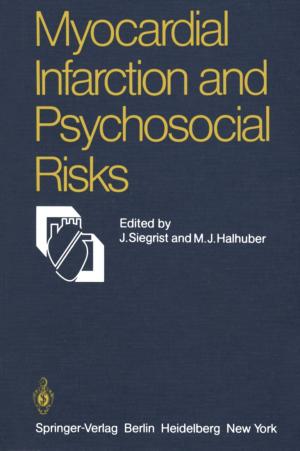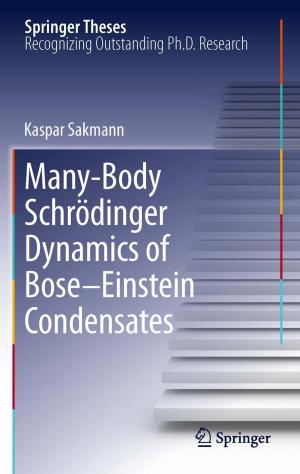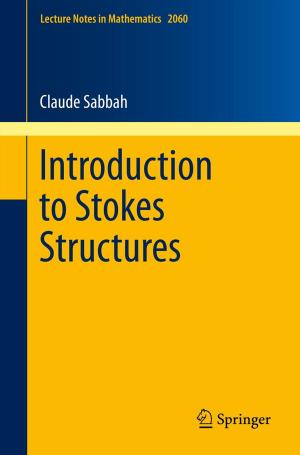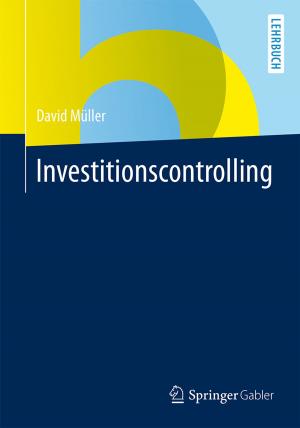Atoms, Molecules and Optical Physics 2
Molecules and Photons - Spectroscopy and Collisions
Nonfiction, Science & Nature, Science, Chemistry, Physical & Theoretical, Biological Sciences, Molecular Physics| Author: | Claus-Peter Schulz, Ingolf V. Hertel | ISBN: | 9783642543135 |
| Publisher: | Springer Berlin Heidelberg | Publication: | October 22, 2014 |
| Imprint: | Springer | Language: | English |
| Author: | Claus-Peter Schulz, Ingolf V. Hertel |
| ISBN: | 9783642543135 |
| Publisher: | Springer Berlin Heidelberg |
| Publication: | October 22, 2014 |
| Imprint: | Springer |
| Language: | English |
This is the second volume of textbooks on atomic, molecular and optical physics, aiming at a comprehensive presentation of this highly productive branch of modern physics as an indispensable basis for many areas in physics and chemistry as well as in state of the art bio- and material-sciences. It primarily addresses advanced students (including PhD students), but in a number of selected subject areas the reader is lead up to the frontiers of present research. Thus even the active scientist is addressed. This volume 2 introduces lasers and quantum optics, while the main focus is on the structure of molecules and their spectroscopy, as well as on collision physics as the continuum counterpart to bound molecular states. The emphasis is always on the experiment and its interpretation, while the necessary theory is introduced from this perspective in a compact and occasionally somewhat heuristic manner, easy to follow even for beginners.
This is the second volume of textbooks on atomic, molecular and optical physics, aiming at a comprehensive presentation of this highly productive branch of modern physics as an indispensable basis for many areas in physics and chemistry as well as in state of the art bio- and material-sciences. It primarily addresses advanced students (including PhD students), but in a number of selected subject areas the reader is lead up to the frontiers of present research. Thus even the active scientist is addressed. This volume 2 introduces lasers and quantum optics, while the main focus is on the structure of molecules and their spectroscopy, as well as on collision physics as the continuum counterpart to bound molecular states. The emphasis is always on the experiment and its interpretation, while the necessary theory is introduced from this perspective in a compact and occasionally somewhat heuristic manner, easy to follow even for beginners.

